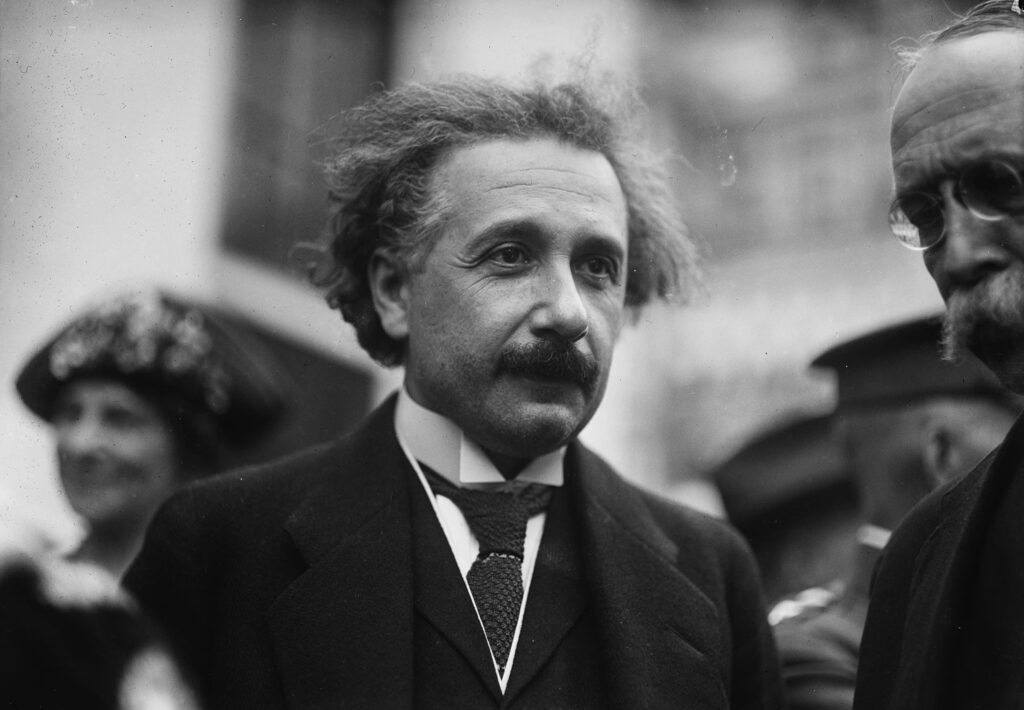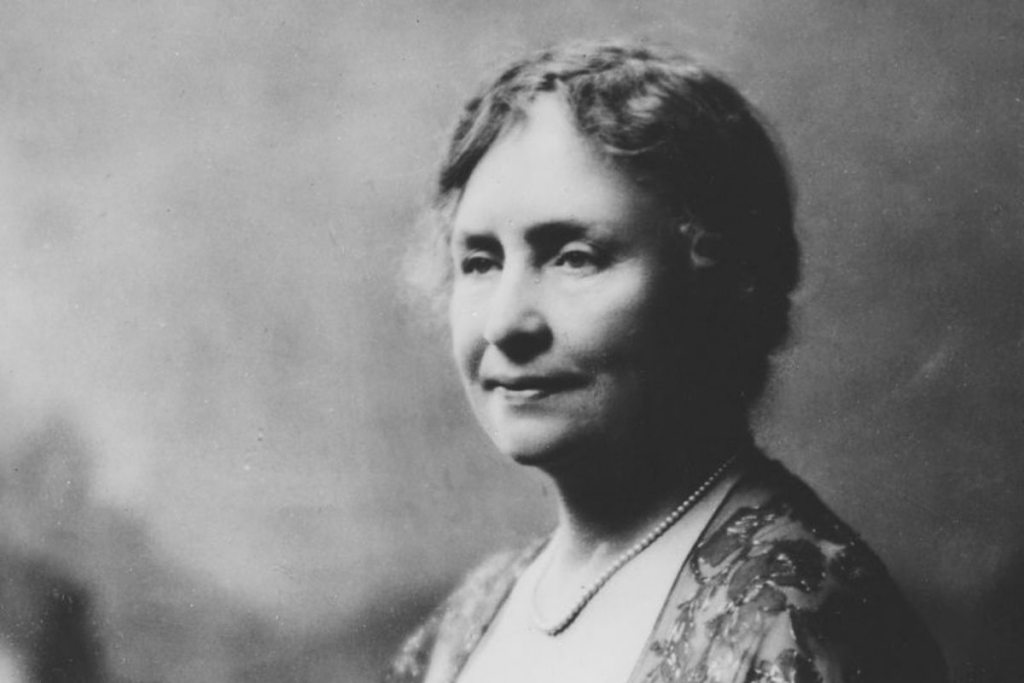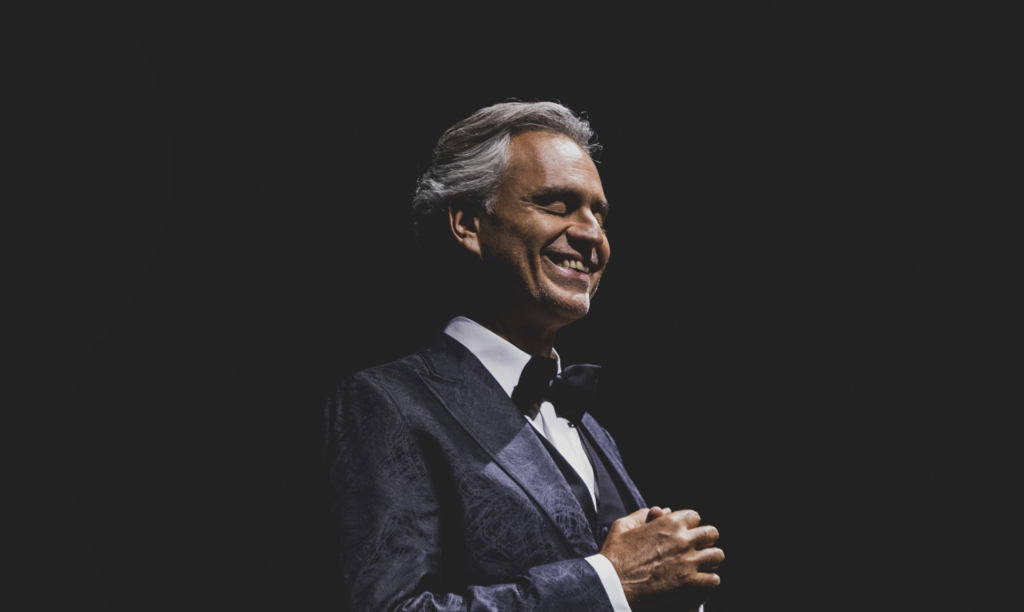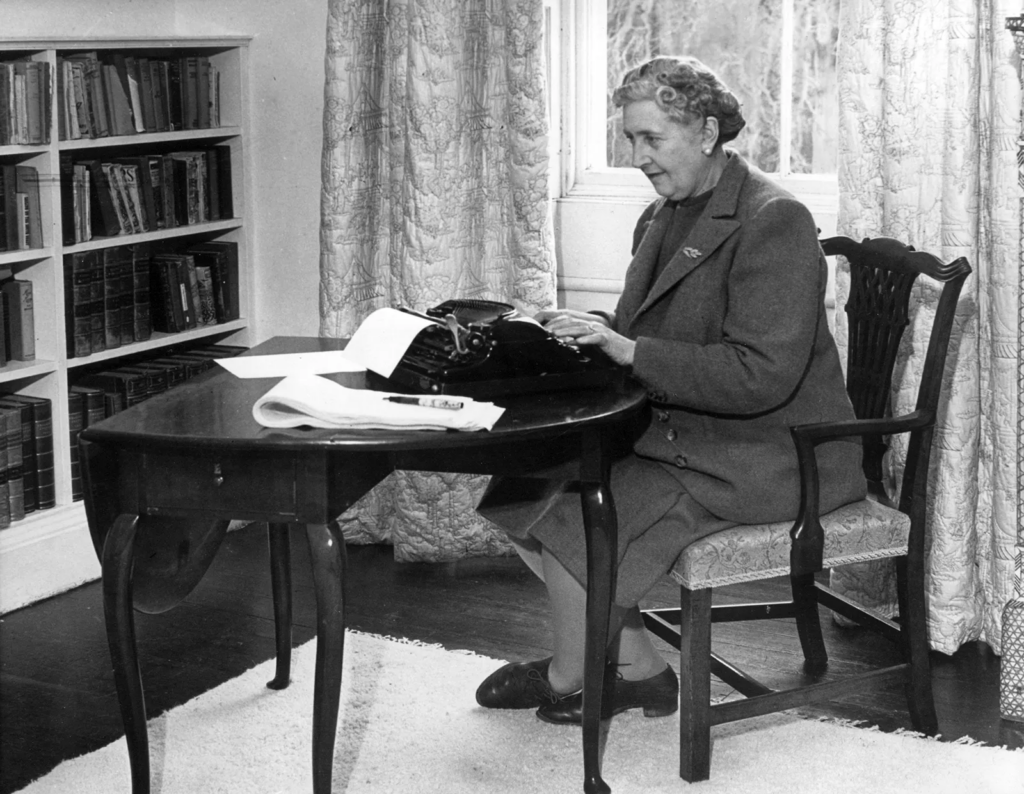"True greatness isn’t found in perfection, but in the resilience and determination to overcome challenges, proving that limitations do not define one's potential."

When we think about success, we often imagine physical and mental perfection—flawless abilities and ideal circumstances leading to achievement. It’s easy to assume that in order to reach great heights, one must have everything going for them. However, the reality is that many remarkable individuals with disabilities have defied the odds and achieved incredible success. They’ve shown us that limitations don’t define one’s potential. Behind their fame and accomplishments, these famous figures struggled with their own challenges, yet they became some of the most influential people in the world. Their stories remind us that true greatness isn’t about perfection—it’s about resilience and determination.
Helen Keller

Helen Keller’s story is one of incredible perseverance and determination. Born on June 27, 1880, in Tuscumbia, Alabama, she was a healthy child until, at just 19 months old, she contracted a severe illness. Though the exact illness remains unknown, it’s believed to have been rubella, meningitis, or scarlet fever. The disease left her both deaf and blind, dramatically changing the course of her life.
For years, young Helen struggled to communicate, trapped in a silent and dark world. That all changed when Anne Sullivan, a dedicated teacher, entered her life. With patience and innovative techniques, Sullivan taught Helen how to read braille, lip-read by touch, and use finger spelling. Eventually, Helen even learned how to speak. Her breakthrough moment came when she connected the concept of language to the sensation of water running over her hand—an event that marked the beginning of her remarkable journey. Check out: Helen Keller: Beyond Silence and Darkness.
Keller’s accomplishments were groundbreaking. She became a symbol of resilience for children facing obstacles, proving that no challenge is insurmountable. She went on to attend Radcliffe College in Cambridge, Massachusetts, where she excelled academically and graduated cum laude in 1904. At the time, a blind and deaf individual earning a college degree was so rare that it made headlines in The Evening World.
Her achievements didn’t stop with education. Helen Keller built an extraordinary career advocating for disability rights, women’s suffrage, labour rights, and world peace. She was a prolific writer, publishing over 14 books and countless essays and speeches, and travelled the world as a passionate lecturer. Her lifelong dedication to advocacy and education made her one of history’s most influential figures in the fight for inclusivity and equal rights.
Leonardo da Vinci

Da Vinci was best known for his iconic paintings, Mona Lisa and The Last Supper, but his brilliance extended far beyond art. He was a true Renaissance man—an innovator, scientist, and visionary. What many people don’t realize, however, is that da Vinci may have struggled with learning disabilities, including dyslexia and ADHD. Experts believe these conditions may explain some of his unusual habits, such as writing backwards, misspelling words, and leaving many of his projects unfinished.
Despite these challenges, da Vinci’s mind was nothing short of extraordinary. Some scholars argue that his boundless creativity and unconventional thinking were fueled by his unique way of processing information. Interestingly, he wasn’t alone—other great thinkers like Galileo Galilei and Isaac Newton are also believed to have had attention and learning difficulties.
Beyond painting, da Vinci’s curiosity led him to study an astonishing range of subjects. He explored human anatomy in incredible detail, dissecting bodies to create highly accurate sketches of muscles, organs, and bones. His studies weren’t limited to the human body—he also delved into mathematics, optics, mechanics, geology, and botany. His fascination with water led him to study hydraulic engineering, and his observations of birds inspired his famous sketches of flying machines. One of his most remarkable inventions, the “helical airscrew,” bears a striking resemblance to the modern helicopter.
Albert Einstein

He is often regarded as the greatest genius of all time, but his early years were not without challenges. Some experts believe he may have struggled with learning difficulties, though this remains controversial. For instance, by the age of 16, he reportedly still had trouble tying his shoelaces, which has led some to suggest he may have had dyspraxia, a condition affecting coordination and motor skills. Others argue that he showed traits of Asperger’s syndrome, as he was known to be socially awkward and sometimes struggled with clear communication. Anecdotal accounts describe his lectures as notoriously confusing.
Another theory is that Einstein had ADHD. He was said to be both forgetful and disorganized, yet capable of incredible “hyper-focusing” when deep in thought. His ability to conduct highly complex thought experiments—imagining scenarios entirely in his mind—suggests that his unique way of thinking may have played a role in his groundbreaking discoveries.
Of course, Einstein’s achievements hardly need an introduction. His contributions to science revolutionized our understanding of the universe. In 1910, he answered a simple yet profound question: “Why is the sky blue?” His paper on critical opalescence explained how light scatters off individual molecules in the atmosphere, solving a problem that had puzzled scientists for years. He also formulated the famous equation E=mc², demonstrating the equivalence of mass and energy—a concept that later played a key role in nuclear energy and physics.
Perhaps one of his most groundbreaking contributions was challenging the traditional wave theory of light. He proposed that light could also behave as a collection of particles, an idea that laid the foundation for quantum physics. For his insights on the photoelectric effect, he was awarded the Nobel Prize in 1921.
Andrea Bocelli

Born with congenital glaucoma, a rare and serious eye condition that affects about one in 10,000 infants, Bocelli struggled with vision problems from a young age. Despite this, he developed a deep love for music, starting piano lessons at just six years old and later mastering the flute and saxophone. However, at the age of 12, tragedy struck—he suffered a brain hemorrhage after a soccer accident, which resulted in the complete loss of his sight.
Rather than letting blindness define him, Bocelli pushed forward with remarkable determination. He pursued a law degree at the University of Pisa, balancing his studies while performing in piano bars and nightclubs to support himself. His big break came in 1992 when Italian pop star Zucchero Fornaciari invited him to record a demo of Miserere, a song intended for the legendary Luciano Pavarotti. Pavarotti was so impressed with Bocelli’s voice that it set his career on an unstoppable path.
By 1997, Bocelli had become a global sensation with the release of Romanza, a compilation of songs from his previous albums that went on to sell over 15 million copies worldwide. His ability to blend classical and contemporary music made him one of the most beloved tenors in history.
More recently, during the COVID-19 lockdown in Italy, Bocelli gave a breathtaking concert at Milan’s Duomo Cathedral. Performing Amazing Grace and Ave Maria to an empty cathedral, his performance became the most-watched classical live stream ever, reaching over 28 million views. It was a moment of unity, reminding the world of the power of music to bring comfort and hope in difficult times.
Agatha Christie

Agatha Christie is widely regarded as one of the most successful authors of her time. Her detective novels have become a cornerstone of the mystery genre. However, behind this incredible success, Christie faced significant personal challenges. As a child, she often referred to herself as the “slow one in the family” and struggled with both writing and spelling. These difficulties went beyond simple frustrations and were likely symptoms of dysgraphia, a condition that affects handwriting and fine motor skills, and possibly even dyslexia. These challenges made writing particularly troublesome for her, to the point where even everyday tasks, such as balancing her chequebook, became a struggle.
Despite these obstacles, Christie’s passion for storytelling remained unshaken. Her first-ever story, The House of Beauty, was written while she was bedridden, recovering from influenza. Over the years, Christie’s work gained worldwide recognition. Titles like Murder on the Orient Express, Crooked House, and Hercule Poirot’s Christmas solidified her reputation as a master of the mystery genre.
Her novels have been translated into more than 103 languages—more than any other writer in history—allowing her work to reach diverse audiences across the globe. Throughout her life, Christie received numerous honours, including the prestigious Mystery Writers of America’s Grand Master Award in 1955 and the Order of Dame Commander of the British Empire in 1971.
The stories of these exceptional individuals show us just how much potential lies within people, regardless of the challenges they face. Their invincible spirit and determination have shattered barriers, proving time and time again that disabilities do not limit greatness. Throughout history, these famous figures with disabilities have defied all odds, breaking through societal expectations to make lasting contributions to the world. Their achievements stand as a powerful testament to the idea that sometimes, it’s the very challenges we face that push us to reach new heights. They’ve inspired countless others and left an indelible mark on society, reminding us all that no obstacle is too great to overcome.
Check out more: The Celebrities Who Are Just as Smart as They Are Talented.
